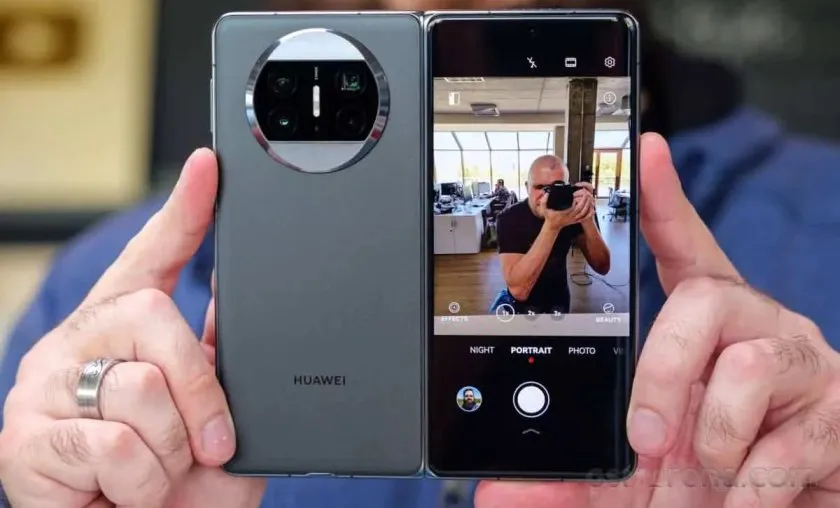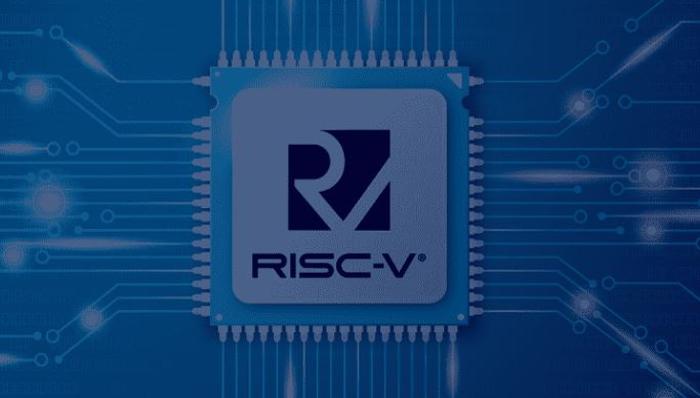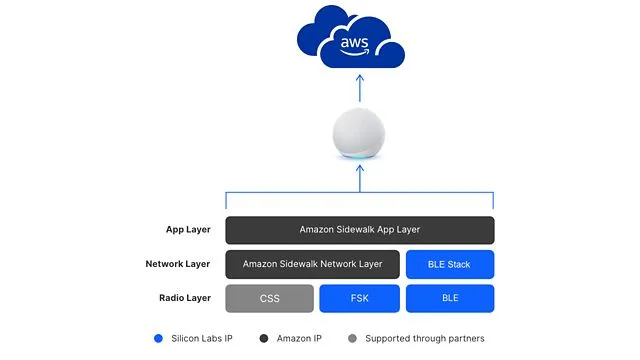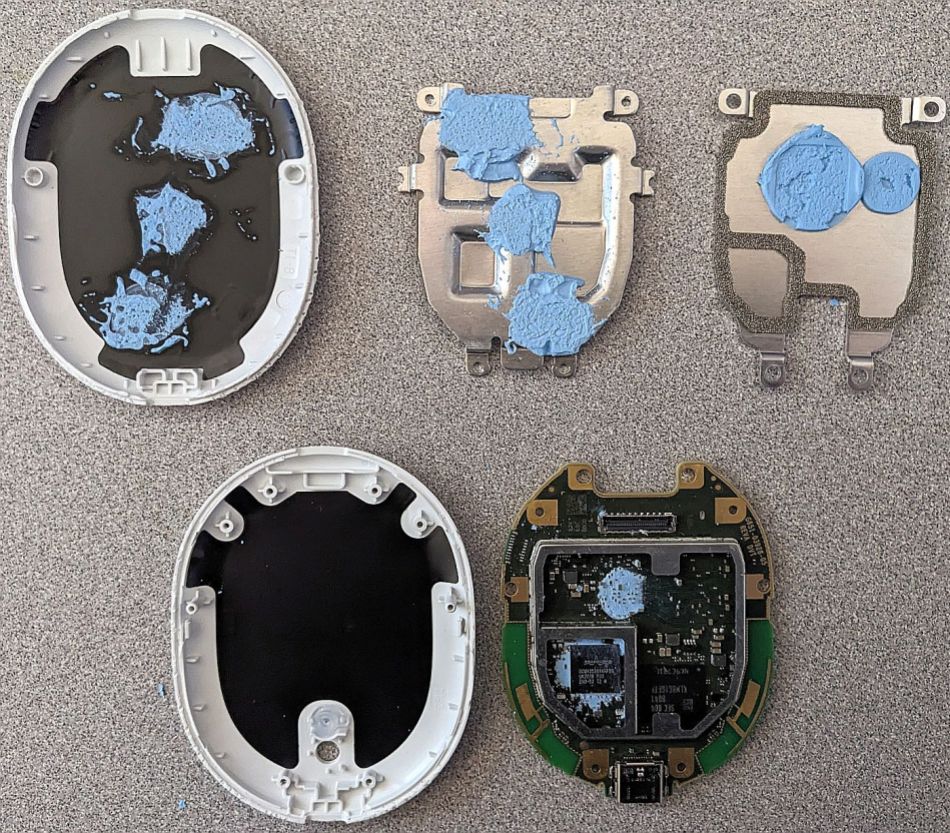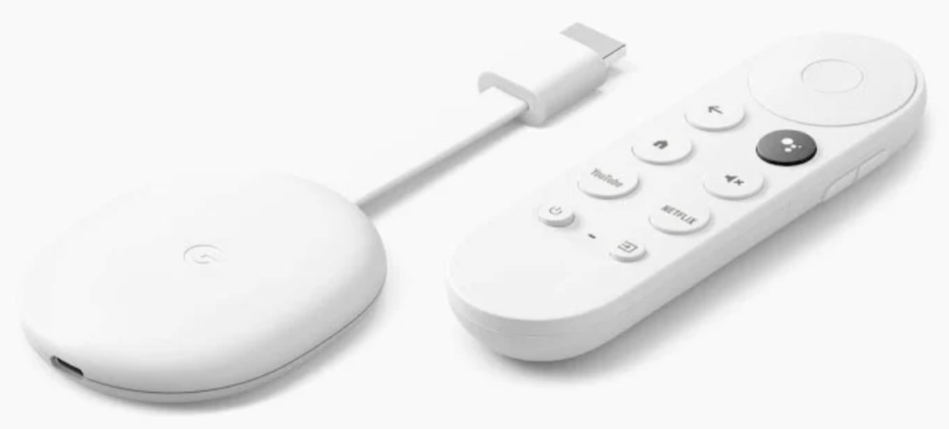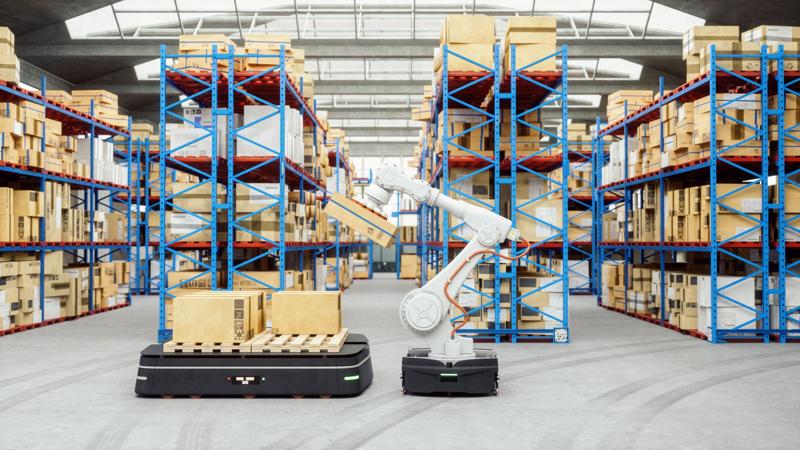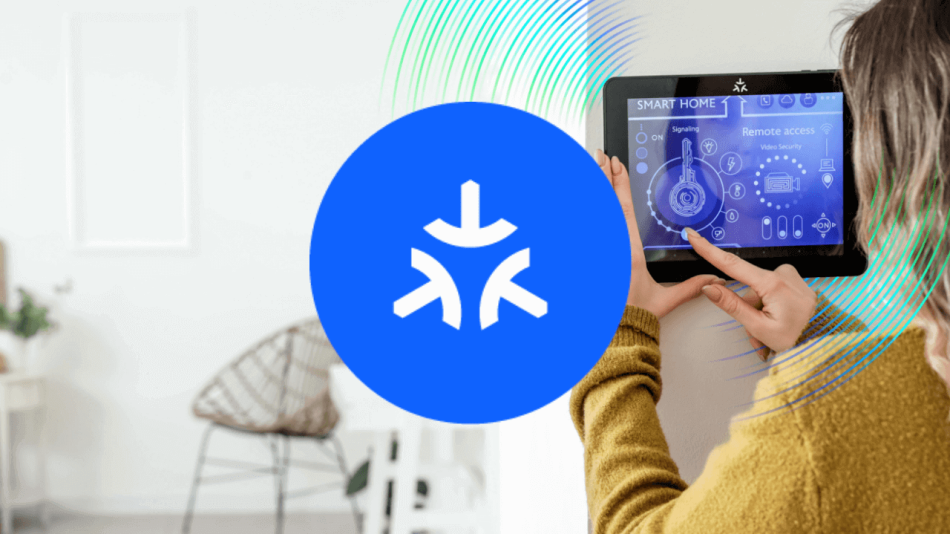
Playin’ with Google’s Pixel 7
- Communications
- 2023-09-23 21:39:47
Back in December 2021, I told you about the smartphones I was prepping to transition to next in my periodic end-of-support forced-replacement sequence: a pair of Google Pixel 4a 5G handsets, one for my “day job” mobile account (Verizon) and the other for my personal account (AT&T). I ended up actualizing that aspiration, at least halfway…as readers who subsequently perused my October 2022 5G “rant” may remember, a Pixel 4a 5G ended up assigned to my Verizon phone number (with another in storage as its all-important spare).
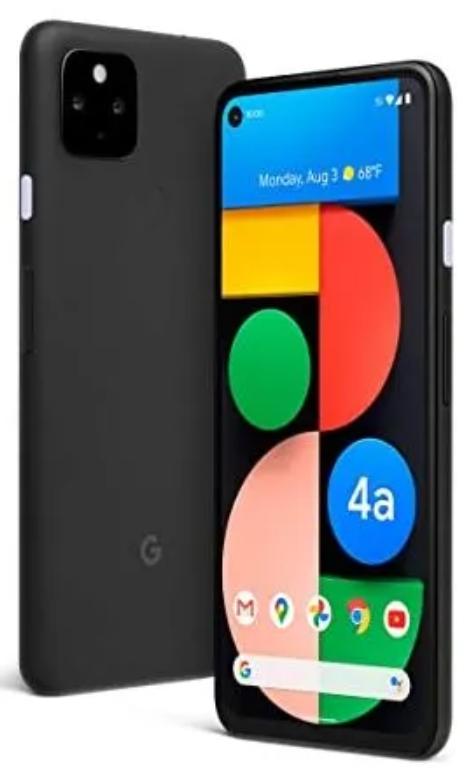
For AT&T, on the other hand (and as regular readers may also recall), I ended up going with a first-generation Microsoft Surface Duo dual-screen foldable.
Fast-forward a year-plus, and both phones are nearing the end of their guaranteed-update lives: the Surface Duo drops off Microsoft’s support list this very month (as you read this; I’m writing these words in early August), with the Pixel 4a 5G following it in November. So, it’s time for another periodic end-of-support forced-replacement cadence, although the subsequent one will hopefully be much further in the future than has historically been the case.



I’ve gone with a pair of 128GB Google Pixel 7 smartphones this time, the first “Obsidian” in color and the second “Snow” (not my preferred tint, but it was on sale for $100 less than its also-on-sale “Obsidian” sibling at the time, and I’ll have a case on it anyway). I’ve already activated and transitioned to them, actually, back in in mid-July, followed by donations of their predecessors to charity, timed to potential recipients’ back-to-school preparation needs:
The bargain-shopping story of how I obtained the first “Obsidian” one is intriguing, at least to me, so I hope you’ll indulge a brief diversion. My wife had bought me a Pixel 6 back in July of 2022 as an early-anniversary present, on sale for $474.05. A couple of months later, Google introduced the Pixel 7 line, and for reasons that still escape me (although I suspect that they had to do at least in part with the Pixel 6 generation’s chronic buggy cellular subsystem and Google’s desire to move users to the improved successor in order to reduce its support-cost burden) offered aggressive trade-in pricing: $490, which yes, is less than we paid for it. The Pixel 7 was $599 (its original MSRP) at the time, so our out-of-pocket cost was only $109. Not bad!
Here’s how the Pixel 6 and Pixel 7 stack up against each other, as well as compared to my Pixel 6a “spare” and the Pixel 4a precursor (“Pro” versions of both the Pixel 6 and 7, which I haven’t included in this table, offer larger screens and more elaborate rear camera subsystems):
Pixel 4a (5G)
Pixel 6a
Pixel 6
Pixel 7
Price
$499
$449
$599/$699
$599/$699
Storage
128GB
128GB
128/256GB
128/256GB
DRAM
6GB
6GB
8GB
8GB
Size
6.06 x 2.91 x 0.32 in (153.9 x 74 x 8.2 mm)
5.99 x 2.83 x 0.35 in (152.2 x 71.8 x 8.9 mm)
6.24 x 2.94 x 0.35 in (158.6 x 74.8 x 8.9 mm)
6.13 x 2.88 x 0.34 in (155.6 x 73.2 x 8.7 mm)
Weight
5.93 oz (168 g)
6.28 oz (178 g)
7.30 oz (207 g)
6.95 oz (197 g)
Screen
6.2” OLED (83% screen-to-body ratio), 2340 x 1080 pixels (416 PPI), 60 Hz refresh
6.1” OLED (83% screen-to-body ratio), 2400 x 1080 pixels (429 PPI), 60 Hz refresh
6.4” OLED (83.4% screen-to-body ratio), 2400 x 1080 pixels (411 PPI), 90 Hz refresh
6.3” (84.9% screen-to-body ratio), 2400 x 1080 pixels (416 PPI), 90 Hz refresh
SoC (and lithography)
Qualcomm Snapdragon 765G (7 nm)
Google Tensor (5 nm)
Google Tensor (5 nm)
Google Tensor G2 (4 nm)
CPU
Octa-core (1×2.4 GHz Kryo 475 Prime & 1×2.2 GHz Kryo 475 Gold & 6×1.8 GHz Kryo 475 Silver)
Octa-core (2×2.80 GHz Cortex-X1 & 2×2.25 GHz Cortex-A76 & 4×1.80 GHz Cortex-A55)
Octa-core (2×2.80 GHz Cortex-X1 & 2×2.25 GHz Cortex-A76 & 4×1.80 GHz Cortex-A55)
Octa-core (2×2.85 GHz Cortex-X1 & 2×2.35 GHz Cortex-A78 & 4×1.80 GHz Cortex-A55)
GPU
Adreno 620
Mali-G78 MP20
Mali-G78 MP20
Mali-G710 MP7
NPU
Hexagon 696
Tensor (G1)
Tensor (G1)
Tensor (G2)
Battery capacity
3,885 mAh
4,410 mAh
4,614 mAh
4,355 mAh
Cellular data (most advanced)
5G (sub-6, mmWave Verizon-only)
5G (sub-6 and C-Band, mmWave Verizon-only)
5G (sub-6 and C-Band, mmWave Verizon-only)
5G (sub-6 and C-Band, mmWave Verizon-only)
Front camera
8 MP, f/2.0, 24mm (wide), 1/4.0″, 1.12µm
8 MP, f/2.0, 24mm (wide), 1.12µm
8 MP, f/2.0, 24mm (wide), 1.12µm
10.8 MP, f/2.2, 21mm (ultrawide), 1/3.1″, 1.22µm
Rear camera(s)
12.2 MP, f/1.7, 27mm (wide), 1/2.55″, 1.4µm
16 MP, f/2.2, 107˚ (ultrawide), 1.0µm
12.2 MP, f/1.7, 27mm, (wide), 1/2.55″, 1.4µm
12 MP, f/2.2, 17mm, 114˚ (ultrawide), 1.25µm
50 MP, f/1.9, 25mm (wide), 1/1.31″, 1.2µm
12 MP, f/2.2, 17mm, 114˚ (ultrawide), 1.25µm
50 MP, f/1.9, 25mm (wide), 1/1.31″, 1.2µm
12 MP, f/2.2, 114˚ (ultrawide), 1/2.9″, 1.25µm
Wireless charging
No
No
Yes
Yes
Dust/water resistance
No
IP67
IP68
IP68
Analog headphone jack
Yes
No
No
No
Fingerprint sensor
Rear-mounted
Under-display
Under-display
Under-display
Introduction date
September 2020
May 2022 (available July 2022)
October 2021
October 2022
End-of-support date
November 2023
July 2025 (Android updates), July 2027 (security updates)
October 2024 (Android updates), October 2026 (security updates)
October 2025 (Android updates), October 2027 (security updates)
Usage and other observations follow, both in general and related to specific features listed in this table, and in no particular order save how they streamed out of my noggin:
So far, I really like the Pixel 7. This isn’t surprising, for at least a couple of reasons:It’s well reviewed, along with its “Pro” big brother, not to mention its Pixel 6a and (especially) 7a siblings, andPer common practice, I began using it around nine months after its initial introduction, which gave Google plenty of time to squelch any initial bugsI’ve long reiterated in multiple writeups the high value I attach to the ability to comfortably fit a smartphone in my front jeans pocket. The only reason I tolerated the Surface Duo, for example, was that when folded up (whether when not in use or when leveraging a wireless earbud or headset while on a call) it was modestly svelte. Note that the Pixel 7 is nearly identical in size to the Pixel 4a 5G, and is tangibly smaller than its Pixel 6 forebear.I’m admittedly surprised at how little I miss the analog headphone jack. Then again, USB-C headphone adapters are generally modest in price and solid in quality.It’s nice to have NFC support on my personal smartphone again; this feature had been missing from my first-generation Surface Duo. I started using Google Pay wherever possible instead of a credit card during the height of COVID, and the habit has stuck.I hadn’t found the Pixel 4a 5G to be performance-deficient in any notable regard; then again, I’m not a “gamer” or otherwise a demanding smartphone user. That said, the Pixel 7 is noticeably “snappier” than its predecessor, although I doubt my perception has much if anything to do with the higher display refresh rate (a topic discussed further in another of my EDN blog posts this month).My biggest frustration with the Pixel 7 so far, albeit modest-at-worst in the grand scheme of things, is its less-than-reliable in-display optical fingerprint sensor. I’d already anticipated this shortcoming from reviews I’d perused prior to purchasing; in fairness, the Pixel 7 supposedly works better than the Pixel 6 in this regard, and both handset generations worked better after Google added a “Screen Protector” enhanced-sensitivity mode in the settings. Plus, the front camera-based face unlock generally works well as an alternative although, since it relies on a conventional image sensor instead of Apple’s infrared “LiDAR” approach, it’s not usable in dim light or after dark.Speaking of screen protectors, I also proactively avoided the worst aspects of the in-display fingerprint sensor “feature” by going with a PET (polyethylene terephthalate) film-based one instead of the tempered glass ones I’d used in the past. PET still prevents scratches, although unlike tempered glass, it won’t shoulder the “crack” burden of a more severe phone drop. Tempered glass screen protectors, especially unless they’re extremely thin (which defeats the purpose, yes?) apparently give in-display fingerprint sensors fits. All other factors equal, I’d still prefer the rear dedicated fingerprint sensors I’ve used in the past (on whose quicker-response longstanding reliance, I’m increasingly realizing, is part of the problem; in-display sensors work much better when I dial down my impatience and wait an extra fraction of a second for them to do their thing!).I suspect Google’s getting away from dedicated rear-mounted fingerprint sensors both for BOM cost reasons and because they complicate the overall system design, considering that the wireless charging circuitry is also on the rear of the phone. Wireless charging is something I’ve admittedly dissed in the past due to its comparative inefficiency versus legacy wired charging. That said, ironically I use Qi almost exclusively now, delivered by first-generation Pixel Stand chargers, and for a reason I hadn’t previously comprehended; it saves wear and tear that the phone’s USB-C connector would otherwise endure to due to repeated insertion-and-removal cycles.Last but not least, I had to laugh at myself the first time I fired up my personal-account Pixel 7 after transferring the AT&T SIM from the Surface Duo to it. I saw it reporting 5G and thought I’d caught a break with the carrier, until I squinted (presbyopia, don’cha know) and noticed the small “E” at the end of the symbol. This “5GE” is AT&T’s relabeled enhanced-LTE scam that I discussed in my October 2022 piece. That said, the reason I’m not getting “true” 5G on AT&T is admittedly a bit obscure; I continue to cling to a “grandfathered” true unlimited-data (with no throttling) cellular plan that I’ve had for over a decade, and while the carrier previously upgraded the plan from 3G to LTE capabilities, the same isn’t true for 5G. And re. my “work” phone, on Verizon it supports not only the “sub-6” (6 GHz) 5G band of its Pixel 4a 5G predecessor, but also emerging C-bands although, since neither handset is Verizon carrier-locked, not mmWave (UWB).This all said, of course, rumors of Google’s upcoming Pixel 8 successor family are beginning to reach critical mass, with an introduction (if, in contrast to financial disclosures’ qualifiers, past performance is a guarantee of future results) roughly two months from now as I write these words. That said, however, thanks to Google’s extended five-year support guarantee with its latest smartphone families (the result, I suspect in no small part, of Google’s self-developed SoCs, therefore the company’s greater control of its software destiny) I don’t anticipate upgrading beyond the Pixel 7 any time soon. Feel free to chide me for having written these words a year or few down the road when I’m lusting after some new smartphone offering 😉. Sound off with your Pixel 7 (or other mobile device) thoughts in the comments!
—Brian Dipert is the Editor-in-Chief of the Edge AI and Vision Alliance, and a Senior Analyst at BDTI and Editor-in-Chief of InsideDSP, the company’s online newsletter.
Related Content
Pixel smartphone progressions: Latest offerings and personal transitionsMicrosoft’s Surface Duo: A software evolution testimonial, but for who?Verizon’s (and others’) 5G: underwhelming is putting it mildlyNew vs used smartphones: Trying Google PixelPixel smartphones: Has Google found a recipe for success?Playin’ with Google’s Pixel 7由Voice of the EngineerCommunicationsColumn releasethank you for your recognition of Voice of the Engineer and for our original works As well as the favor of the article, you are very welcome to share it on your personal website or circle of friends, but please indicate the source of the article when reprinting it.“Playin’ with Google’s Pixel 7”



